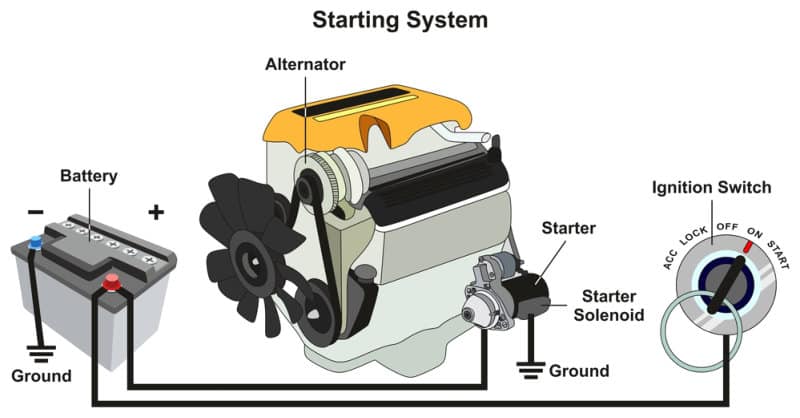Unravelling the Complex World of Automotive Electrical Systems
Introduction
Every car owner should have a basic understanding of their vehicle's electrical system. This expanded guide offers a comprehensive overview for beginners, covering essential components, maintenance tips, and common issues to look out for.
Key Components of Your Vehicle's Electrical System
- Battery: The car battery provides power to all electrical components. It's essential to maintain its charge and condition by periodically checking for corrosion and loose connections and ensuring proper voltage levels.
- Alternator: This component charges the battery and powers the vehicle's electrical system when the engine runs. Monitor the alternator's condition, and check for worn belts, unusual noises, or overheating.
- Starter Motor: Responsible for starting the engine, the starter motor relies on the battery for power. Inspect it for damage and wear, and ensure it functions correctly by listening for clicking sounds when starting the engine.
- Fuses and Relays: These protect the electrical system from damage due to short circuits or overloads. Familiarize yourself with the fuse box location and replace any blown fuses or faulty relays.
- Sensors and Switches: Modern vehicles have numerous sensors and switches to monitor various aspects, such as temperature, pressure, and speed. Ensure they are functioning correctly to avoid issues with your vehicle's performance.
Understanding the Wiring System
Wiring in a vehicle connects all electrical components and ensures proper function. Common wiring issues include:
- Damaged or corroded wires: Inspect your vehicle's wiring for any visible damage or corrosion, which can lead to electrical problems.
- Loose connections: Ensure all connections are secure, as loose connections can cause intermittent issues with various systems.
- Faulty switches or sensors: Troubleshoot any issues with switches or sensors by using a multimeter or referring to your vehicle's service manual.
Basic Maintenance and Troubleshooting
By following these simple tips, you can keep your vehicle's electrical system in top shape:
- Regularly check the battery, ensuring it's clean, secure, and has the proper voltage level.
- Inspect the alternator for wear or damage and monitor its performance.
- Keep an eye on the starter motor, addressing any unusual noises or difficulties when starting the engine.
- Replace blown fuses or faulty relays as needed.
- Address any dashboard warning lights promptly by consulting your vehicle's service manual or seeking professional assistance.
Advanced Troubleshooting
If you encounter persistent issues with your vehicle's electrical system, consider the following steps:
- Use a multimeter to test for voltage drops, continuity, and resistance in various components.
- Consult your vehicle's service manual for specific troubleshooting procedures and diagnostic codes.
- Seek assistance from a qualified automotive technician for advanced diagnostics and repairs.
Conclusion
Understanding your vehicle's electrical system is vital for proper maintenance and troubleshooting. By following this comprehensive beginner's guide, you can ensure a well-functioning and safe car while increasing your knowledge of automotive electronics.

